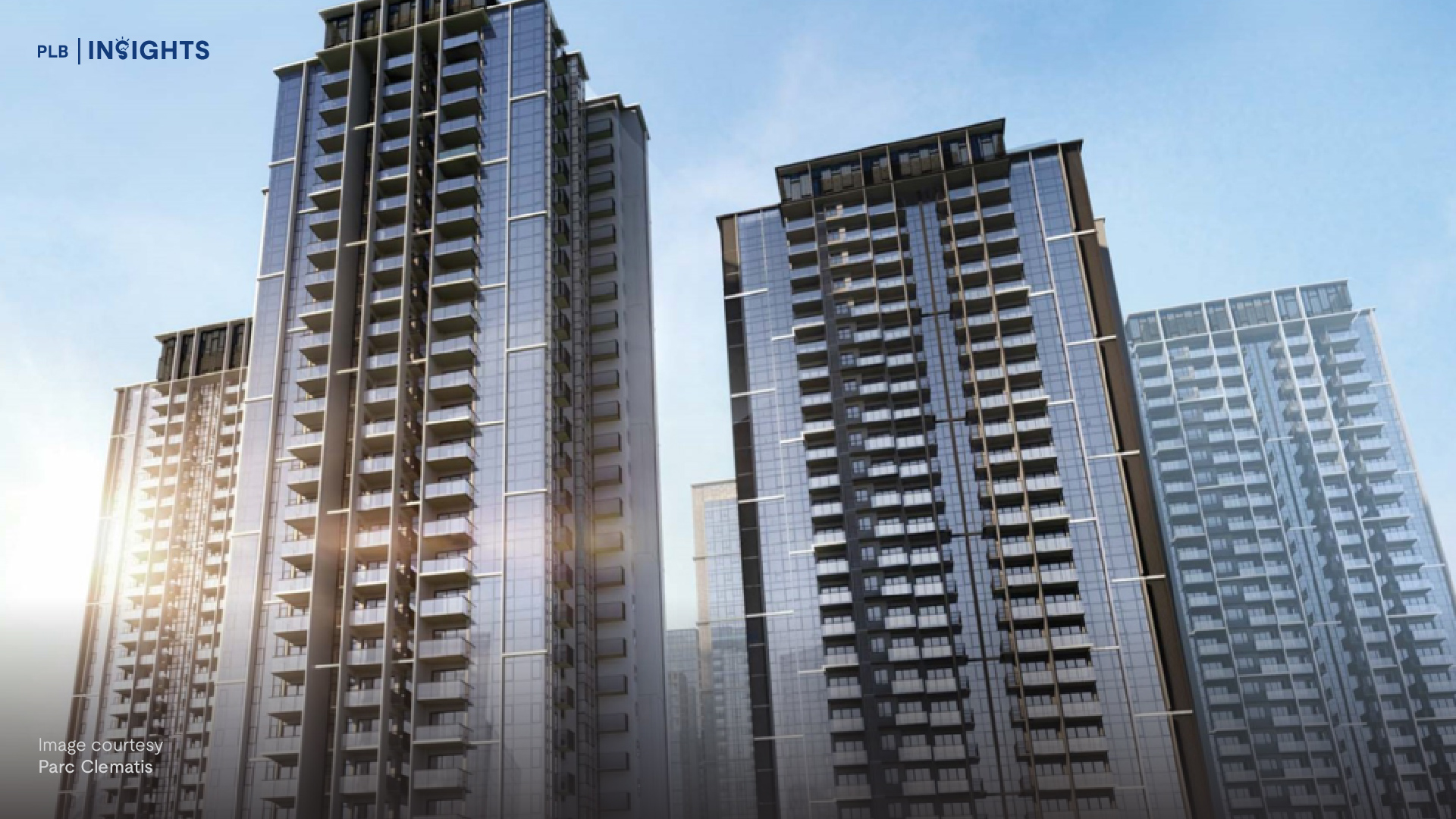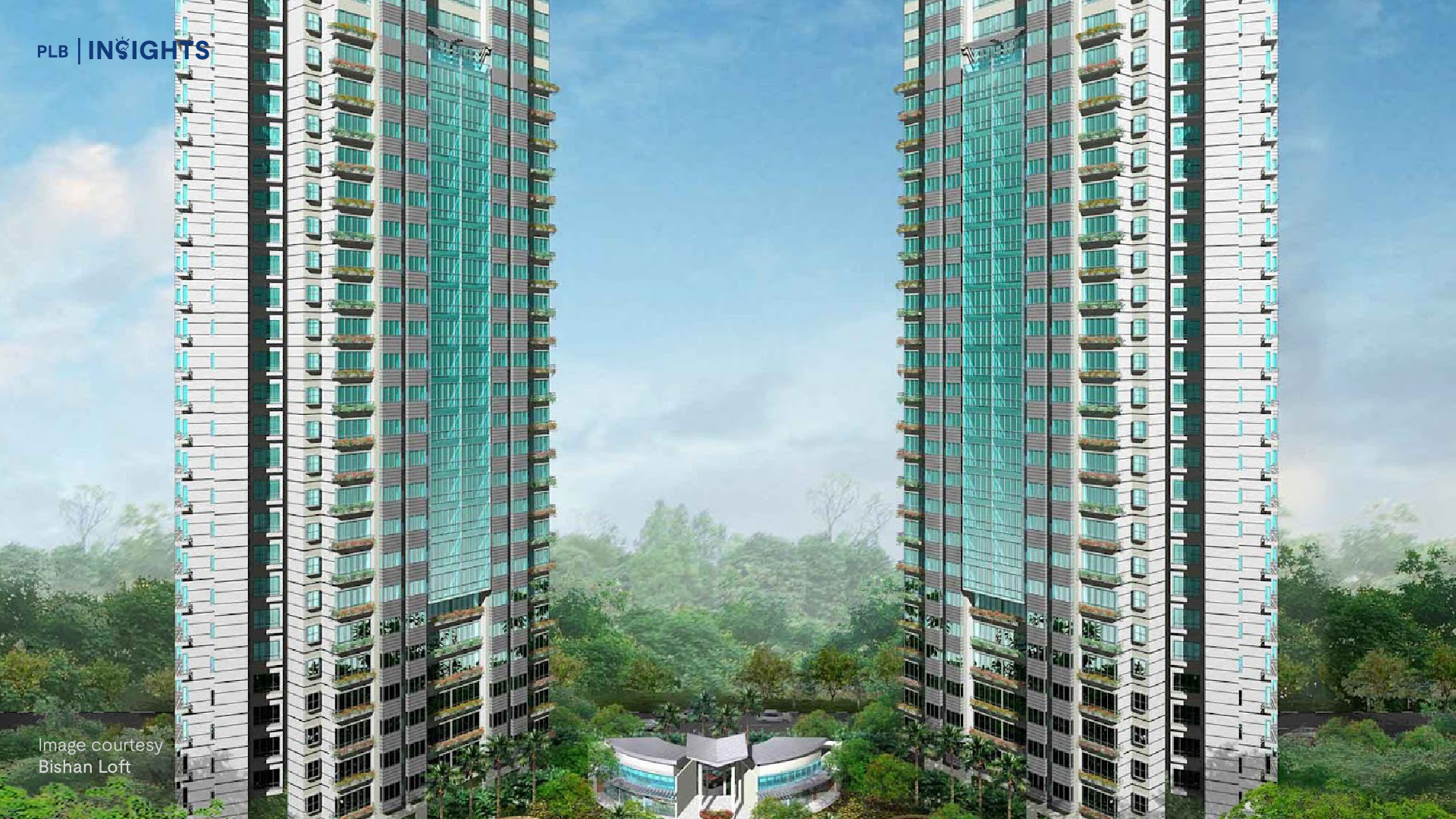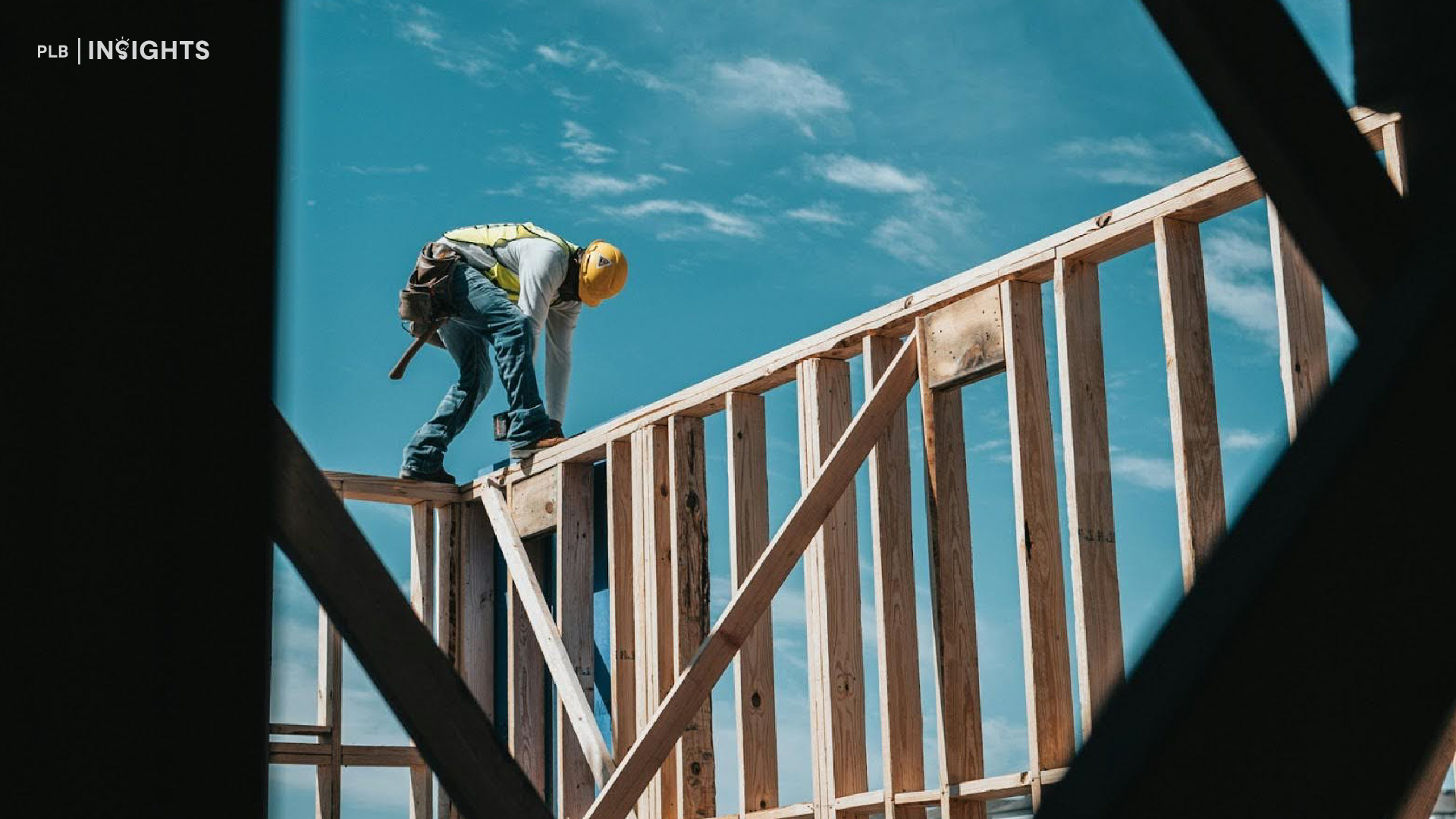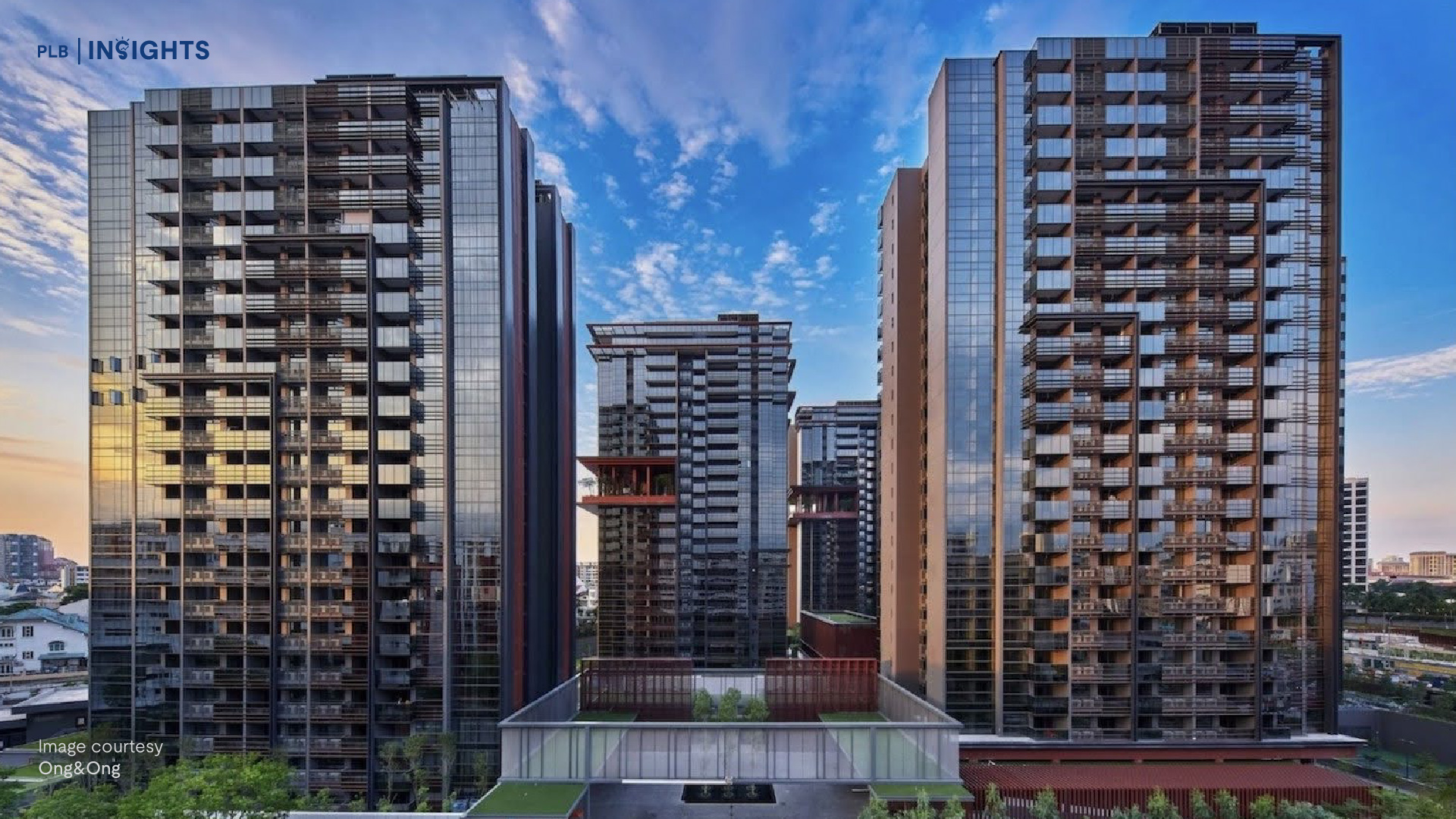
Turf City was a commercial complex known for its horse riding schools, riding arenas, and other equestrian facilities. Along with these facilities, the complex also housed a variety of entertainment offerings including retail outlets, restaurants and occasionally community events such as car shows and flea markets.
Recently, redevelopment plans have been announced by the Ministry of National Development (MND) to transform this prominent site from a commercial hub to a residential neighbourhood. In this article, we explore the rich history of Turf City, delve into the specifics of these redevelopment plans, and analyse their potential impact on the surrounding areas. Furthermore, we examine the significance of introducing HDB projects in this district for the first time in nearly four decades, highlighting the transformative potential of this shift.
History of Turf City and Bukit Timah
Singapore’s Turf City has a rich history dating back to the early 20th century and post-World War II. Let’s look at a brief overview of the history of this iconic location.
Introduction of Horse Racing in Singapore
The Singapore Sporting Club was established in 1842 in Farrer Park as a primary venue for horse racing and social gatherings. The club was known for introducing horse racing in Singapore, its prestigious events, and a range of facilities.

Singapore Turf Club
By 1924, the club’s name had been changed to Singapore Turf Club from Singapore Sporting Club. This was also the year the city-state held its first thoroughbred horse race, the Singapore Gold Cup. Then, in 1933, the club was relocated to its current location in Bukit Timah. With Bukit Timah as the new home of the Singapore Turf Club, the club had a larger racecourse, a grandstand and amenities that catered to the growing interest in horse racing in Singapore.

World War II
From 1941 to 1946, racing activities at the Bukit Timah Turf Club ceased due to World War II. During this period, the club was repurposed for military and administrative uses under the Japanese Occupation of Singapore. However, the club resumed operations in 1947, re-establishing itself as a venue for horseracing and various leisure activities.
Turf City (The Grandstand)
Turf City is the site that was formerly known as the Bukit Timah Turf Club (renamed Singapore Turf Club again in 1994) racecourse, which operated from 1993 to 1999 before relocating to Kranji.
The Grandstand, which was originally part of the Singapore Turf Club’s racecourse, was a prominent feature in the area for many years. Over time, it has evolved into an entertainment and commercial hub for visitors to enjoy the range of retail stores, dining options, and recreational facilities in Turf City.
Impact of New Developments on the Surrounding Areas
The redevelopment of Turf City, with up to 20,000 public and private homes being planned, will have a significant impact on the surrounding areas across various aspects including infrastructure, transportation, and the overall urban environment. Additionally, the redevelopment plans will greatly influence property prices in the Bukit Timah area over time.
URA and HDB’s Plans for Redevelopment
The Urban Redevelopment Authority (URA) and the Housing and Development Board (HDB) have created a comprehensive plan to transform the former site of Turf City into a highly accessible and inclusive residential area that is integrated with a host of amenities, green spaces, walkable connections, and easy access to public transportation
URA’s exhibition, which was launched to showcase the plans for Bukit Timah, highlights several key elements that are expected to be incorporated into the estate in the near future. These include the conserving and reusing 27 heritage structures, including the North and South Grandstands, and retaining forested areas like the Eng Neo Avenue Forest and Bukit Tinggi.

Moreover, like with redevelopment plans in general, the URA has placed an emphasis on the integration of green spaces and proximity to MRT stations. As we mentioned previously, there will be ample space with greenery due to the retention of forested areas. Additionally, Bukit Timah Turf City will be connected to the Downtown Line (DTL) and the upcoming Cross Island Line (CRL), providing residents with access to public transport options within walking distance.
Another key element of these redevelopment plans include fostering a sense of community by creating cohesive neighbourhoods that foster social interactions, engagement and a sense of “home” and belonging. This is done with the help of recreational facilities, community gathering spots, entertainment hubs and other spaces for social activities to take place.

How is This Going to Affect Surrounding Areas?
Enhanced Livability:
The introduction of more green spaces, common facilities, and heritage conservation initiatives that are a part of the redevelopment plans can improve the overall livability of the surrounding areas by offering residents, both new and those in nearby neighbourhoods, with newly built and well-designed public spaces, recreational opportunities and cultural heritage sites.
Improved Infrastructure:
With a point of focus for the URA being the creation of pedestrian-friendly connections, locations that are great for walking and cycling, and various sustainable design elements, there could be an upgrade to infrastructures in surrounding areas. This may include newly built roads, improved walkways, and more amenities like shops and eateries that can be beneficial for both residents and visitors in Bukit Timah.
Spillover Effect:
Redevelopment plans for Turf City are likely to generate spillover effects on the surrounding neighbourhoods as a result of the creation of more amenities, green spaces, and improved connectivity and accessibility. These elements can enhance the overall attractiveness of the area, cause a surge in demand for property as new projects are built, and potentially lead to increased property values in nearby areas as well.
Economic Development:
Bukit Timah will undergo significant economic development due to the URA’s plans. The new housing estate is set to stimulate economic growth through increased foot traffic, fostering cultural attractions that boost local businesses, creating new commercial opportunities, and expanding job opportunities in Bukit Timah. This initiative could potentially cultivate a vibrant hub that supports the growth of both new and existing businesses in the area.
Significance of new HDB projects in an estate
The introduction of new HDB projects after decades in an area like the former Turf City entails significant implications for several factors including housing affordability, sustainability, and social diversity. Additionally, it increases the potential for an Exit Audience, a factor in our PLB MOAT Analysis.
Housing Affordability
The introduction of HDB flats in an upscale area like Turf City will provide more opportunities for a larger, more diverse group of people to access affordable housing options in a prime location. This will be a key factor in addressing the housing needs of a broader segment of the population, offer first-time homebuyers with good housing options, and promote social inclusivity.

Sustainability
The integration of HDB projects in Bukit Timah after a long absence of public housing options may also encourage more sustainability within and near residential neighbourhoods. This can be done through sustainable urban development practices such as the creation of green spaces, the use of renewable energy sources, and eco-friendly designs for infrastructure.
In addition to these elements, promoting efficient land use to provide high levels of accessibility to amenities and public transport will further enhance the livability and eco-friendliness of the projects. Moreover, as stated by URA, efforts to preserve sections of Eng Neo Avenue Forest and Bukit Tinggi will also be given high priority alongside the aforementioned initiatives.
Social Diversity
Having HDB projects in an area predominantly filled with landed and non-landed private housing will play a key role in promoting social diversity, inclusivity and the formation of integrated communities. This will not only be beneficial in terms of creating a more diverse housing mix for families with different income levels, but also make schools in Bukit Timah, which are highly popular, more inclusive for families with school-going children.
As residents from varying income levels and backgrounds come together in close proximity, fostering a diverse and vibrant sense of community can become more feasible and promote less disparity.

MOAT Analysis Factor: Exit Audience
In our MOAT Analysis, the Exit Audience refers to the demographic that a property could potentially be sold to. For our analysis, we primarily focus on HDB upgraders as the key target audience for property sales.
A higher score on this aspect of the MOAT Analysis indicates a large pool of HDB upgraders. Statistics provided by HDB state that, as of 2018, there are a total of 2,555 HDB units in Bukit Timah with plans for up to 20,000 new public and private homes to be built. As such, with a larger number of HDB projects in the Bukit Timah area, over time there may also be a larger pool of homeowners looking to upgrade from public to private housing within the same neighbourhood.
This can be beneficial for the overall development of the neighbourhood, increase demand for housing in the area, and lead to a more competitive property market.
Closing Thoughts
The URA’s ambitious vision for a new housing estate within Bukit Timah’s Turf City marks a significant renaissance in the area’s history. With plans to introduce over 20,000 public and private homes to the area, the redevelopment initiatives will usher in a period of growth and transformation.
The blend of modern amenities, green spaces, and community-centric design elements within the estate has the potential to both reshape the landscape of Turf City and positively impact the surrounding neighbourhoods.
If you are interested in learning more about the world of real estate and its offerings, or are seeking guidance on your property journey, feel free to connect with us here. Our team of seasoned consultants will be more than happy to assist you.
As always, see you in the next one!







